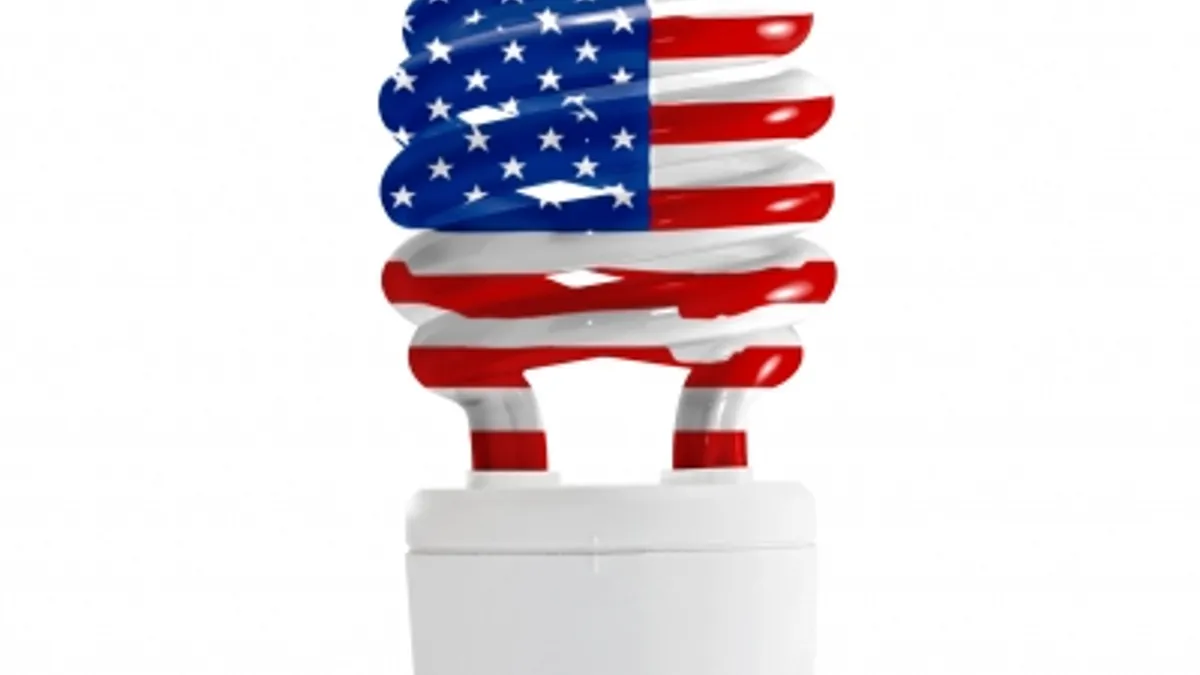Dive Brief:
- Energy efficiency is the most cost effective way to meet new carbon mandates, according to a report by the Center for Climate and Energy Solutions (C2ES) which examined six different economic models and concluded overall energy costs could actually decline as a result of the plan.
- Even if maximum savings are not achieved, the Clean Power Plan's cost could also be less than some critics believe, with the report estimating that U.S. power would rise less than 3% under the new regulations, as they are proposed.
- The policy think tank also concluded that greater efficiency measures could help keep the price of natural gas low, avoiding an economic spillover effect into other industries.
Dive Insight:
A new report from C2ES finds critics of the Obama administration's Clean Power Plan are likely overstating the price impact of slashing carbon emissions by 30%. If energy efficiency is used significantly to meet the target, the group said overall savings are possible and barring that costs should rise by a limited amount.
C2ES' report looked at six different analysis of the carbon mandates, including the U.S. Environmental Protection Agency's assessment, one by the Natural Resources Defense Council, as well as predictions from Energy Ventures Analysis and National Economic Research Associates.
Ultimately, the group concluded cost impacts for the average U.S. household would be relatively small, up to about 25 cents per day. C2ES said that while all models look to minimize overall costs, the differences in forecasts can be traced back to fundamental assumptions relating to the economics of electric power generation and consumption.
"The majority of the studies project either cost savings to power users or increases of less than $10 billion a year," C2ES said. "A cost of $10 billion a year would increase total U.S. power spending by less than 3%, and translate to less than $87 a year per household." The group added, however, that two studies showing higher costs are not directly comparable, and said none of the models account for the economic benefits of avoided climate change impacts.
The group also noted that across all of the studies, renewables and nuclear power remain at "business-as-usual growth levels."
"In the case of renewables, business-as-usual growth is robust, with renewables projected to add more to generation between now and 2030 than have been added in the previous 16 years, meaning that their contributions to reducing emissions intensity are assumed to occur with or without the Clean Power Plan," the report said.
While C2ES conceded there "may be some modeling limitations behind this finding," as utility-scale models used in these studies treat distributed resources like rooftop solar generation "only minimally, and to the extent that additional distributed generation is somehow incentivized by the Clean Power Plan it could rise above forecast levels."















